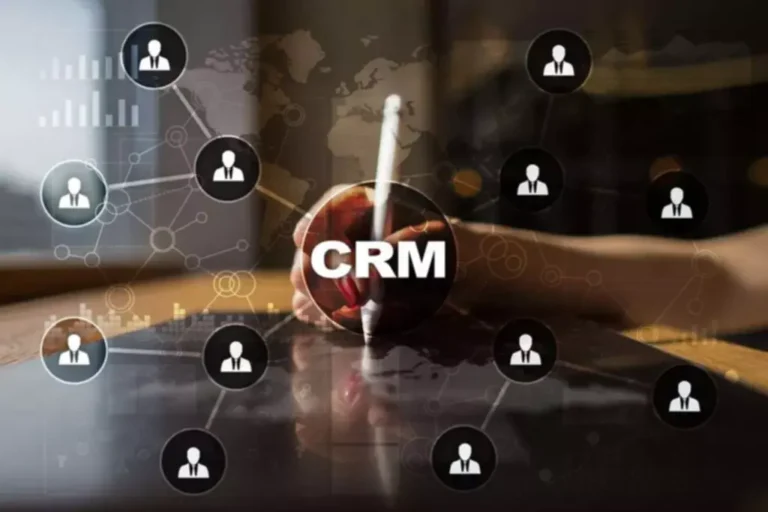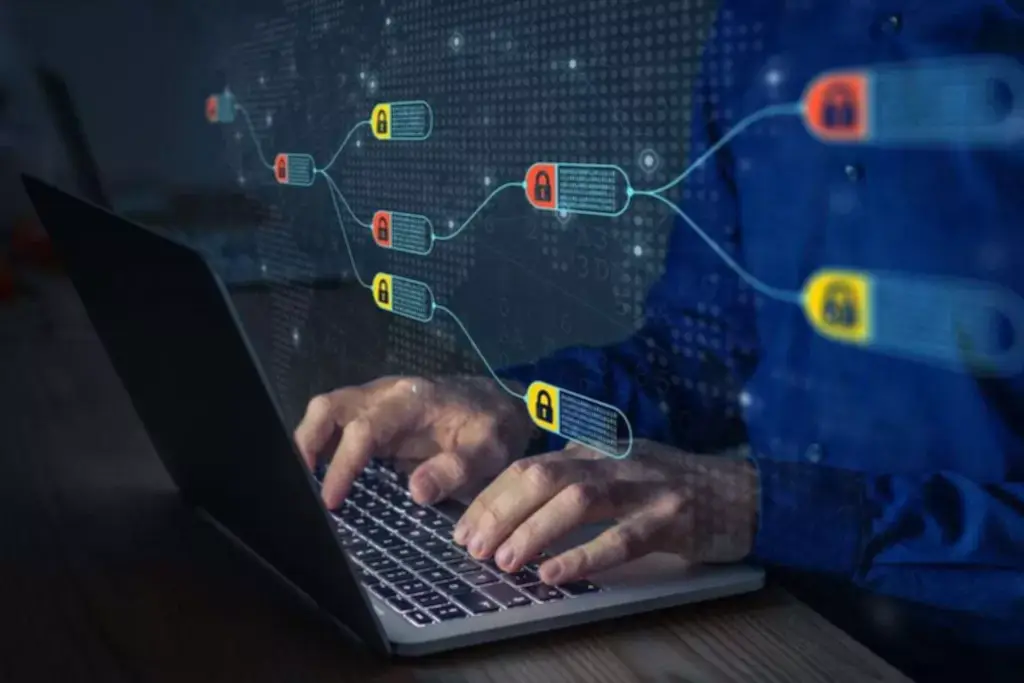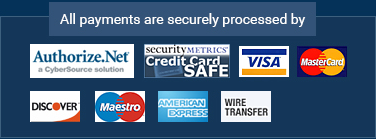Firms must reconceptualize their supply chain methods by prioritizing resilience, flexibility, and diversification to mitigate potential future disruptions. Navigating Geopolitical UncertaintiesThe international panorama is increasingly characterised by geopolitical tensions and uncertainties. Companies should develop methods to navigate these complex dynamics, mitigating risks and figuring out alternatives amidst a unstable world.
Wager On The Sustainable Economy Ecosystem
- Moral issues have to be embedded at the core of enterprise decisions, guaranteeing alignment with societal values and expectations.
- Whether Or Not it’s streaming providers delivering entertainment, or on-demand supply platforms bringing merchandise inside hours, the emphasis is on reducing ready time to zero.
- Nevertheless, there are a selection of technological and societal tendencies which are simply too huge to ignore or postpone until higher days.
- It’s about more than just sales—it’s a metamorphosis in the way in which we discover, engage with, and acquire what we desire.
- In reality, particularly within the eyes of the youthful generations, the differentiation between the online, digital world and the offline, physical world may start to fade.
It’s poised to revolutionize industries like training, healthcare, real property, and commerce. Imagine stepping right into a realm the place actuality meets the limitless potentialities of your imagination—a house where you can’t only explore but additionally create new dimensions. That’s the essence of the metaverse, an interconnected virtual universe that’s transcending the boundaries of our physical world. Virtual actuality, a key element, immerses users in this digital realm, providing experiences that mimic or surpass reality itself. These mechanical marvels are set to revolutionize industries, liberating humans from repetitive tasks and considerably amplifying productivity.
AI-driven data analysis will enable companies to create highly customized advertising campaigns. Firms will be succesful of goal specific audiences extra effectively, boosting engagement and conversion charges. This means that in 10 years’ time sustainability shall be “baked in” to the technology we use to a far larger extent than at present. From powering knowledge facilities with renewable power to round manufacturing processes that re-use nearly all of parts to the numerous waste-reducing efficiencies that can be created with AI. What this means is that by 2034, local weather change may have real tangible effects on everyone’s high quality of life, as nicely as the economic system. Because of this, it’s probably that – out of necessity – sustainability might be mandated to a far larger diploma than it is now.
The Sustainability And Energy Transition
By analyzing patterns, AI can identify potential vulnerabilities and supply real-time protection. AR will improve the net purchasing experience by permitting clients to visualise products in real-time, corresponding to https://www.globalcloudteam.com/ making an attempt on clothes or putting furniture of their properties through apps. Shoppers have gotten more eco-conscious, and businesses must adapt to meet these demands by integrating sustainable practices into their operations.
Or that their very own information isn’t going to be used against them, corresponding to denying them entry to treatment or medical insurance primarily based on genetic elements. In 10 years’ time, with the advances we’re seeing in pure language processing and speech generation, voice control might turn into our default technique of interacting with machines. We’re already used to chatting with machines like Alexa or Siri, although the expertise can be shaky and restricted. However with pure language processing taking over, by 2034, it’s going to business trends for next 10 years appear utterly humdrum to have pure, flowing conversations with technology.
These tendencies will influence each side of enterprise, from operations and advertising to buyer engagement and sustainability. Entrepreneurs can faucet into the space economic system by investing in satellite manufacturing, launch companies, or growing space-based technologies. Alternatives exist in providing infrastructure for space tourism, similar to accommodation and leisure choices for vacationers. Mining firms can discover extracting useful assets from area, creating a model new market for supplies not available on Earth. Innovations in area research offer prospects for creating new applied sciences that may be applied across industries, driving further economic development and technological development. As we stand on the cusp of transformative occasions, this complete perception unveils the dynamic shifts propelling industries forward.
Adapting to Evolving Customer ExpectationsConsumer expectations have reached an all-time high, demanding personalized, seamless, and omnichannel experiences. Businesses should adapt their methods to fulfill these evolving expectations, leveraging know-how and knowledge to ship distinctive customer experiences. This requires a deep understanding of buyer preferences, a dedication to data-driven personalization, and the power to seamlessly integrate customer interactions throughout all channels. From personalized recommendations on streaming platforms to self-driving vehicles navigating bustling streets, AI permeates every facet of modern life. This technology isn’t nearly comfort; it’s a catalyst for innovation. It sharpens effectivity, predicts tendencies, and unlocks unprecedented ranges of customization, promising a future where services and products feel tailor-made for every particular person.

Giving mother and father the proper to select or modify genetic traits that could be current of their youngsters means fastidiously contemplating matters of consent and equality of access to this expertise. Advances in gene editing technologies like CRISPR-Cas9 may have made it potential to appropriate many genetic problems earlier than start. This might reduce the prevalence of many hereditary ailments like muscular dystrophy or cystic fibrosis. It might even cut back the overall genetic predisposition to negative effects of excessive cholesterol or blood stress.

With every click on, faucet, or scroll, a breadcrumb trail of non-public information is left behind. Defending this data isn’t only a pattern; it’s an ethical and economic crucial. Shoppers are seeking more than simply merchandise Conversation Intelligence; they’re seeking unique stories that resonate with their individuality. Customizable merchandise cater to this want for exclusivity, allowing shoppers to imprint their id on what they buy. AI-powered security instruments will help businesses detect and respond to threats extra rapidly.
We may even proceed to see increased funding in training and upskilling, notably around disruptive applied sciences corresponding to generative AI and abilities that might be in demand in an AI-driven financial system. As the world continues to change and evolve, you will need to stay informed about international tendencies and the way they could have an result on our every day lives. From technological developments to shifts in political and economic techniques, understanding the present panorama might help us repeatedly adapt and make more informed choices. The Challenge of Franken-AlgorithmsFranken-Algorithms characterize a critical challenge in the method ahead for business due to their potential for unintended penalties. These algorithms, deliberately or unintentionally, can cause harm to individuals, methods, or wider society.
Or a dystopia the place people are largely redundant, and wealth is increasingly concentrated in the arms of the technologically-enabled elite? The solely concrete prediction I can give here is that the actions and choices taken right now, as we get started with AI, will play an enormous part in answering that question. The company lately worked with on-line retailer Unusual Goods to enhance their customer support through the holiday season. 70% of organizations say customer support is immediately linked to the efficiency of their business and 63% of them are prioritizing the client experience.
Companies will combine their online and offline gross sales channels to supply a seamless shopping expertise. Consumers will expect the ability to shop on-line, choose up in-store, and luxuriate in simple returns regardless of the place they purchase. Bodily, automated robots are also coming into their own due to the applying of AI to problems similar to mobility and stability. However I assume it will be more frequent to see machines tailored to particular purposes, corresponding to warehouse work, manufacturing, constructing and maintenance. Forethought’s AI resolution offers support by way of chat, e-mail, assist desk, and social media.

Explore competitors’ web site site visitors stats, discover development factors, and broaden your market share. Syntegra’s generative AI answer can accelerate the speed of clinical research. They can generate textual content, translate text between languages, summarize content and rewrite it, categorize content material, analyze the sentiment of text, and have interaction with customers in conversational chat. As of now, LLMs are removed from perfect, but businesses are already profiting from their wide-ranging capabilities.




